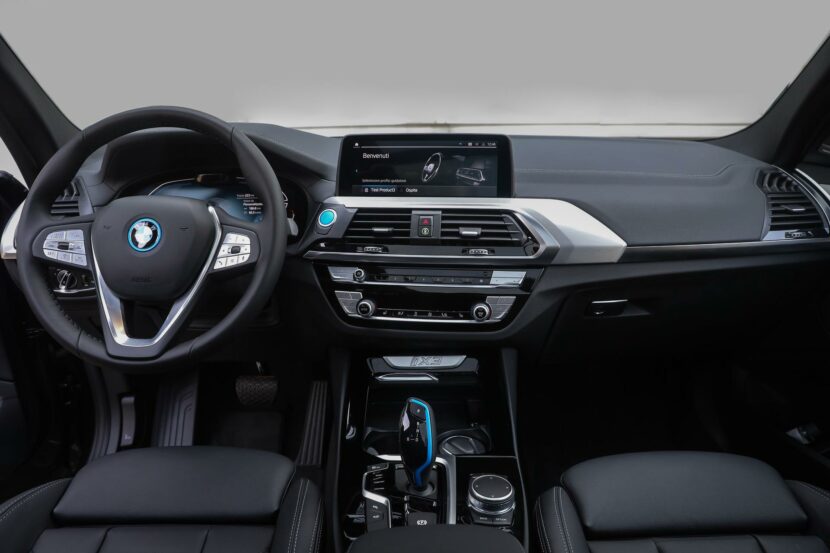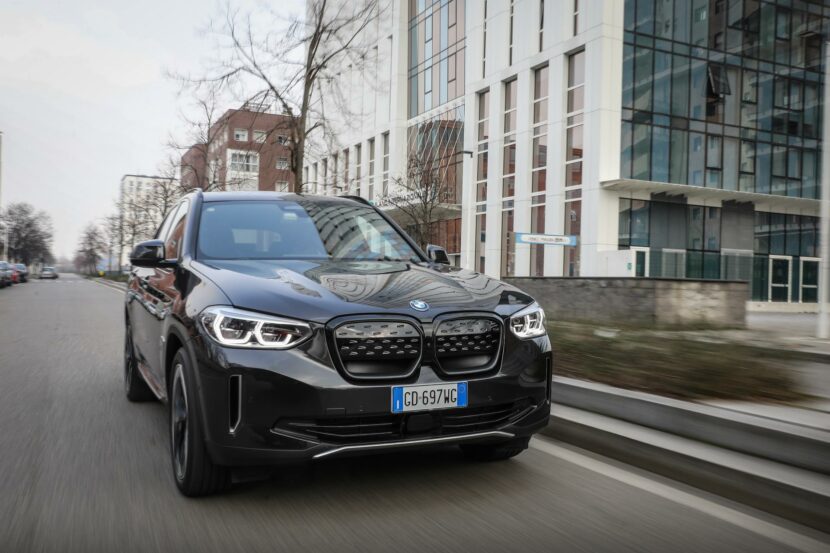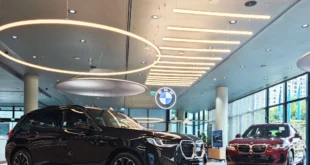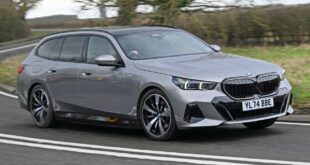The Mineral White was selected as the official press and marketing colour to launch the new BMW iX3 electric SUV. So far, the immaculate and classy white has appeared in the majority of photoshoots. Today, however, we’ll look at a different hue – the Sophisto Grey Metallic. We’re able to provide you with a comprehensive photo gallery of the iX3 courtesy to BMW Italy’s team. Six exterior paint colours are available for the new electric SUV. You can choose from Piemont Red metallic, Sophisto Grey metallic, Cashmere Silver metallic, Carbon Black metallic, Mineral White metallic, and Phytonic Blue metallic.

Customers can choose from two Sensatec leather upholsteries. As for the seats, they can pick between Black and Mokka. There will be a variety of dashboard and door cover ornaments available. You can choose from black accents, gleaming grey poplar wood, Fineline Cove open-pore, aluminum, and glossy dark oak wood. The costlier iX3 models come with various Vernasca pure leather upholstery options. The colors to choose from are Canberra Beige, Cognac, Mokka, and Black.

The galvanized coating on the centre console buttons and steering wheel controls add to the new iX3’s interior charm. Another likable and striking feature is the BMW I blue accents. This is visible on the electronic gear lever, the engine Start/Stop knob, and the steering wheel’s BMW roundel. The engraved BMW I logos on the door sills further modify the iX3.

The inner kidney frame and diffuser panels are coated in Frozen Gray Metallic. This can be seen in Italy’s images, while the side skirt trim strips are pearlescent chrome. The Extended Shadow Line is also available on this BMW iX3 electric SUV. It features a high-gloss black double kidney grille and gleaming black roof rails instead of chrome.
Despite being rear-wheel drive only, the iX3’s engine produces 286 horsepower and 400 Nm (295 lb-ft) of torque. It also allows it to reach 100 km/h in 6.8 seconds from a standstill. In a recent test, it achieved an average energy consumption of 22 kWh/100 km while driving in the area. With a maximum charge, you may even get a range of up to 336 kilometres. Outside of the city limits, the numbers will, of course, differ based on the direction. At a speed of 75 km/h, the average energy consumption was 19 kWh/100 km. This will result in a range of approximately 390 kilometres. On the highway, travelling at the European speed limit of 130 km/h, the numbers increased to 24 kWh/100 km. This will result in a range of around 300 kilometres.
 BMW.SG | BMW Singapore Owners Community The Ultimate BMW Community – Established Since 2001
BMW.SG | BMW Singapore Owners Community The Ultimate BMW Community – Established Since 2001













